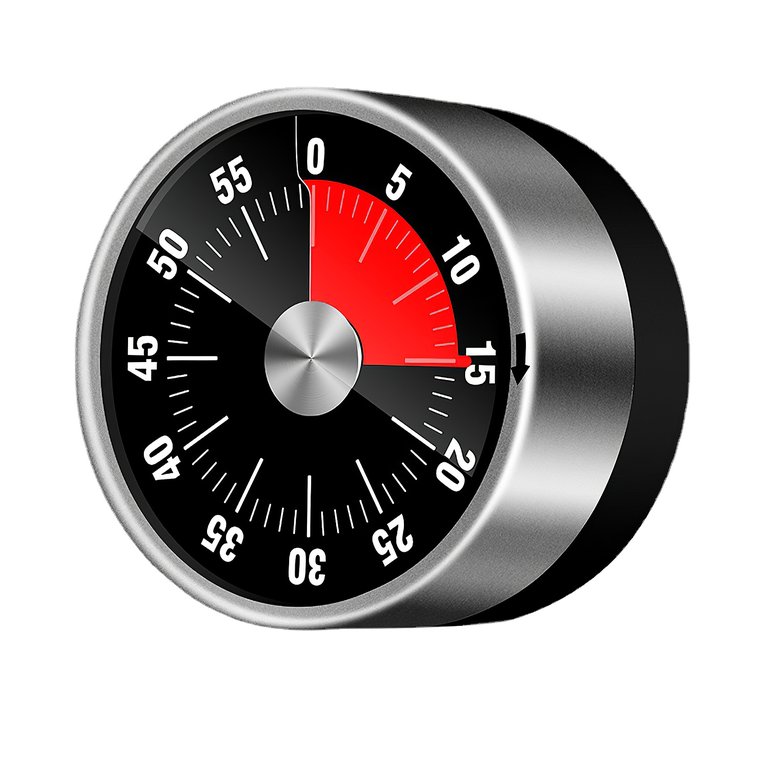



If this isn’t possible in your office or another setting, consider using a screen glare filter to decrease the amount of light reflected from the screen.
#20 MINUTE EYE TIMER WINDOWS#
Position your computer screen so that there isn’t glare from windows or overhead lighting. Adjust lighting to avoid glare or use an anti-glare screen. Your computer should ideally be positioned about 20-28 inches from the eye and about 4 or 5 inches below eye level, as most people find it more comfortable to view a computer while looking downward slightly.ģ. You should also give your eyes a break from screens for 15 minutes after every two hours you’ve been working. This gives your eyes a break from staring at something close to your face and lets them refocus. The American Optometric Association suggests the 20-20-20 rule: Every 20 minutes, take a 20-second break to focus on something 20 feet away. The good news is there are other simple steps you can take to make your screentime more comfortable and less damaging for your eyes. Though the easiest solution may appear to be reducing screen time, for many of us who use computers in our workplace, that’s not a possibility. The symptoms usually worsen the longer you are in front of a screen. According to the American Optometric Association, the most common symptoms include eyestrain, headaches, blurred vision, dry eyes and neck and shoulder pain. As our amount of time in front of computers, phones, tablets and other screens increases, digital eye strain is becoming a significant issue.ĭigital eye strain, also known as Computer Vision Syndrome, refers to a range of symptoms associated with viewing digital screens for extended periods of time. Our lives are increasingly centered around screens - at work, at home and at play.


 0 kommentar(er)
0 kommentar(er)
